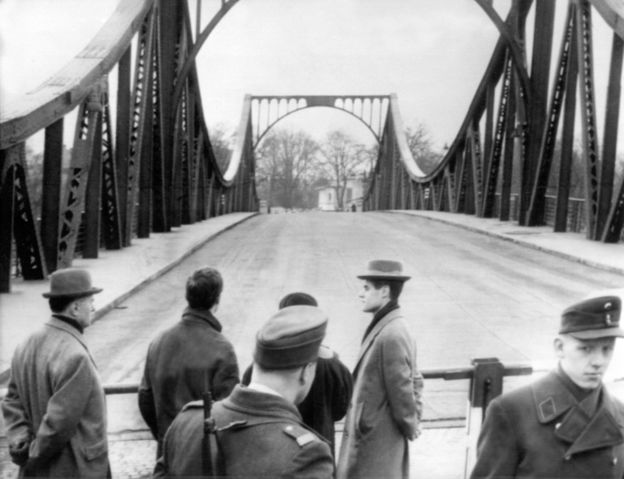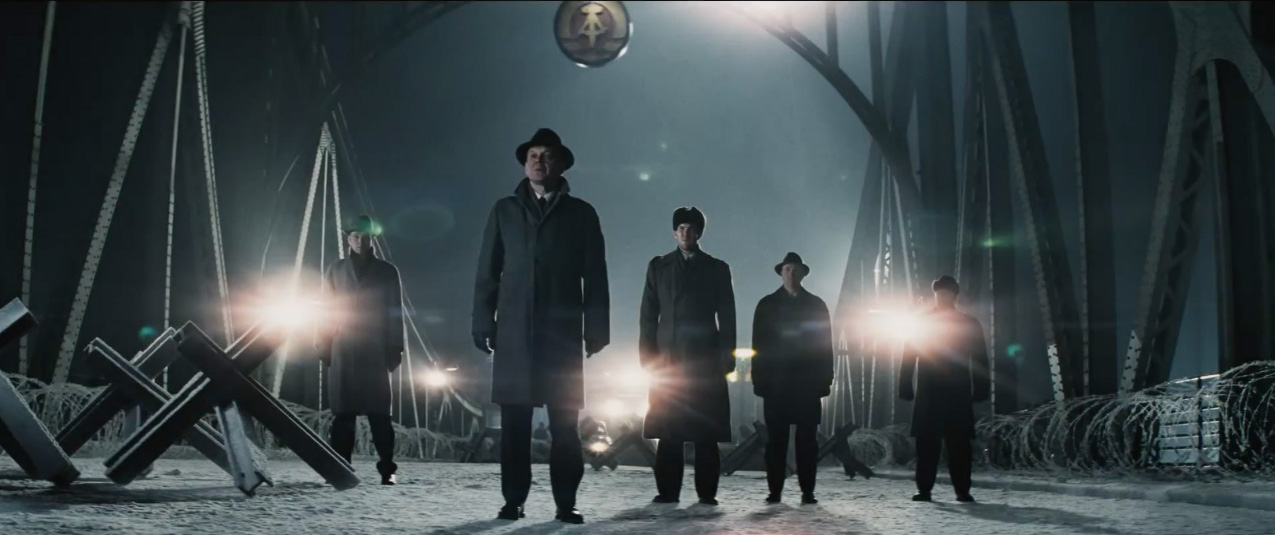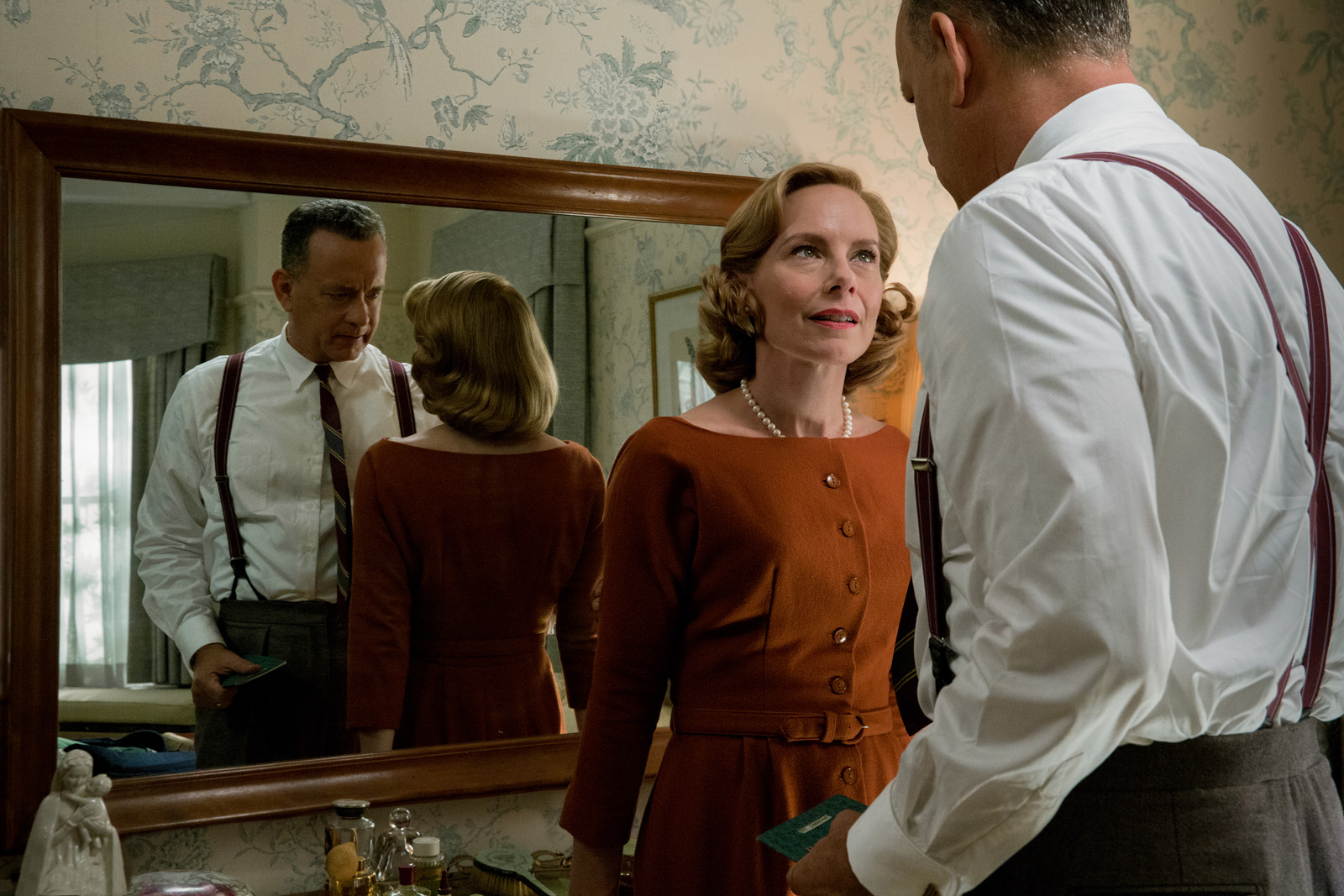Where and how was “Bridge of Spies” filmed?
Before Bridge of Spies (2015), no major Hollywood film had depicted the construction of the Berlin Wall. The film’s production designer, Adam Stockhausen, drew from real footage of the wall’s construction to authentically design the devastating reality of war-torn East Berlin. Where they actually fabricated the wall was in the Polish town of Breslau, a German border town, which worked perfectly for the desired aesthetic.
“The Wall was constructed on a large street and with a square and Checkpoint Charlie,” Stockhausen told Indiewire. “We filmed the Gary Powers Berlin sequence in the basement of the former KGB prison that is now a museum. Upstairs in the same prison is where we shot the detention cell scene with James Donovan (Tom Hanks). It was emotionally significant to be shooting in places that were the real thing when we could.”
Bridge of Spies is named after the Glienicke Bridge, which links Berlin with Potsdam, and still exists as a prominently-used artery. This was the true location where the United States and Soviets stood across from each other for prisoner exchange, and was crucially used in the film.


West Berlin was shot in more affluent, less devastated locations, as it had recovered quicker from the destruction of World War II. The Berlin Hilton was a facility utilized to capture that look.
In New York, the setting for Donovan’s home was found in Brooklyn’s Ditmas Park, an area Stockhausen felt suited Donovan’s character and personality specifically. New York was where principal photography commenced, first in Brooklyn, then in DUMBO and Astoria, where shops and street areas were converted into 1950s aesthetic. Later, Manhattan, Wall Street, and more shooting in Brooklyn rounded out the New York work.

Berlin filming began at Tempelhof Airport, the actual site of various events in the film (such as Donovan’s descent from the C-54 Skymaster). The airport currently sits as an emergency refugee camp.
The attention to detail in Bridge of Spies’ location shooting creates a lived-in period feeling for the viewer. Filming on actual event locations also adds to the film’s credibility as a retelling of a true historical story—something to which the film has received reasonably strong acclaim.

